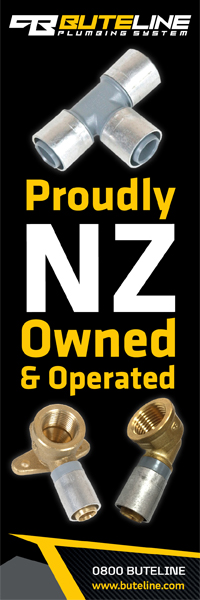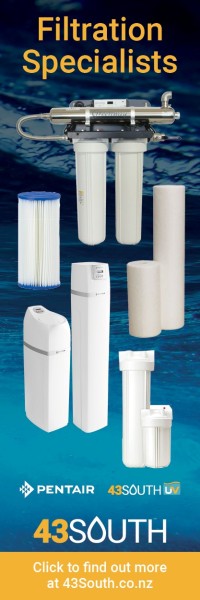Water quality on rural properties: Staying safe
8 February 2019
If you own a rural property and get your household water from a private bore or well, you may assume it is safe to drink because it looks clear and tastes OK.
But you can’t always taste or see the contaminants that make their way into a groundwater supply.
Common water contaminants

Common contaminants, including bacteria such as Salmonella, E. Coli and Campylobacter can only be seen under a microscope. And the same applies to micro-organisms like Cryptosporidium and Giardia, and viruses. They can enter a supply if the top of the bore or well is not sufficiently secure.
Major sources of water supply contamination include pollution from septic tanks or inadequate sewage systems and from animal faeces, especially if livestock are kept too close to the water source.
Fertiliser is another major source of water contamination in rural areas as nitrates can leach into water supplies. Other chemicals could get into water from pesticides, rubbish or even from underground stores of petrol or diesel.
Nitrates, arsenic, manganese and boron are all common groundwater contaminants which can have an adverse impact on health. Some of these occur naturally in the land the groundwater comes from, for example, geothermal areas may have arsenic and boron in the ground. Your local council will know the groundwater chemicals likely to be in your area.
The health impacts of drinking contaminated water can be severe and pose particular risks for pregnant women, babies and the elderly.
Who is responsible?

The bottom line is that, under the Health Act, rural property owners are responsible for testing and maintaining the quality of their own water supply.
Master Plumbers’ member Chris Snackers, director of High Country Plumbing and Gas, says he encounters issues relatively frequently in the rural Canterbury region his company services, particularly when a property has recently changed hands.
“Property owners having a new well or bore created on their land must usually have the water tested as a condition of their consent,” says Chris. “But subsequent owners and occupiers don’t. There’s no mandatory provision to have the water tested, either before or after the sale, and new owners may be drinking the water thinking it’s pure, when in fact it’s not.”
Any plumber called in to work on a domestic groundwater supply on a rural property should check when the supply was last tested and, with your consent, arrange for it to be re-tested if necessary.
Ministry of Health guidelines recommend regular sanitary inspections, routine system maintenance, adequate disinfection, in addition to ongoing monitoring and testing to maintain the quality of the water. The best thing homeowners can do is keep records of inspections, maintenance and testing.
If there is any kind of ground movement, including earthquakes, in your area, a maintenance check should be carried out after each event.
Keeping water supplies secure

Preventing bore and well water from becoming contaminated in the first place is clearly the best policy. The Ministry of Health resource, Secure Groundwater: bores and wells for safe household water (2000), provides good information and a checklist of what you can do to safeguard your water supply.
Bores and wells should be located well away from contamination sources including rubbish, offal pits, pesticides, fertiliser, animals and compost.
Bore and wellheads must also be adequately secured to ensure groundwater cannot carry contaminants into the supply.
If you are concerned that your water supply could be contaminated, laboratory testing will be able to confirm whether or not this is the case. Some laboratories don’t test for arsenic unless specifically asked, so you would have to request this as a separate test. High arsenic levels over time can increase the risks of cancer and heart conditions.
A water supply can change over time and it's essential to ensure it stays safe. Keeping records means you can compare water tests from one year to the next.
Water treatment options
You might also want to consider water treatment options, such as filtration, ultraviolet light, aeration, chlorination, reverse osmosis and ion exchange. The Ministry of Health publication, Treatment Options for Small Drinking-water Supplies, provides information about the various options available to you.
Your local Master Plumber will be able to advise you on which method is best suited to your particular situation. Find your nearest Master Plumber here
This blog has been adapted from an article in NZ Plumber magazine, February/March 2019 issue.













































